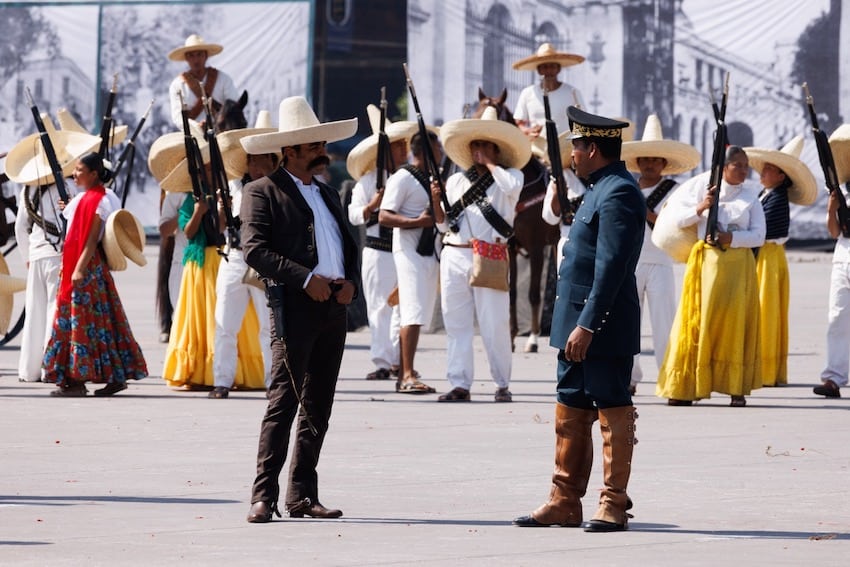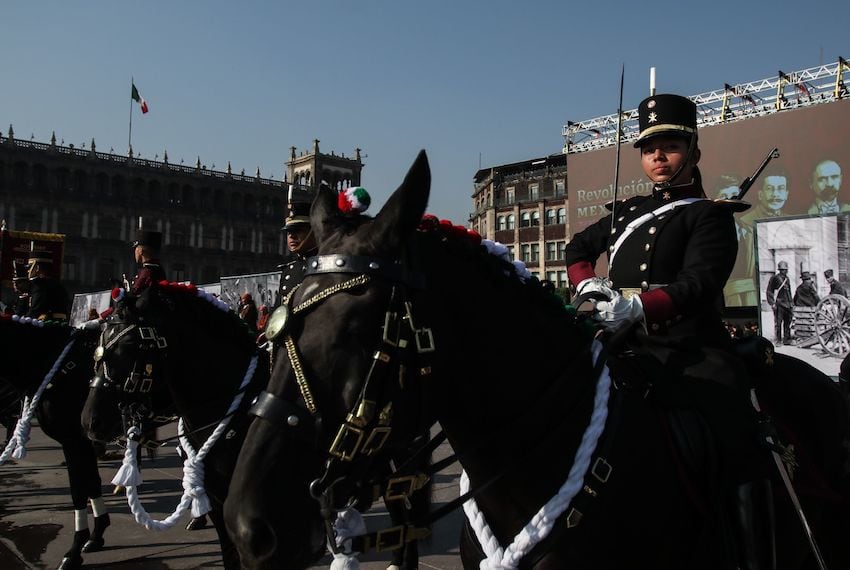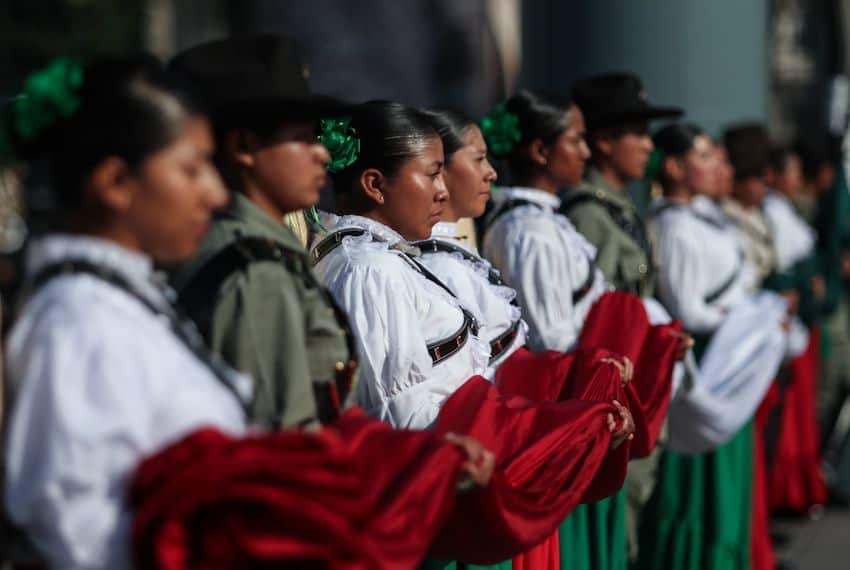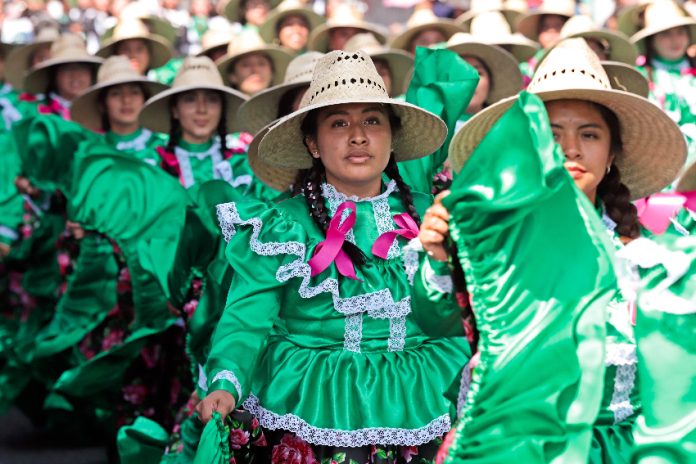Today marks the 113th anniversary of the Mexican Revolution, a critical event in Mexico’s history that helped shape the country’s modern political and social structures.
Here are the basics you need to know about the Mexican Revolution.

When was the Mexican Revolution?
The Mexican Revolution was an armed conflict that began in 1910 as a rebellion against General Porfirio Díaz’s prolonged rule. However, it quickly escalated into a civil war with various factions vying for control of the revolution. An estimated 2 million people died in the conflict, which continued until 1920.
Why is Revolution Day on Nov. 20?
When President Porfirio Díaz was elected for another term in 1910, former candidate and liberal leader Francisco I. Madero launched a plan to overthrow him.

The plan had a main motto: “Effective suffrage, no re-election.” It demanded labor rights and land distribution, which were sought after by social groups against Díaz.
According to the Chronology of the Revolution by the National Institute of Historical Studies on the Revolutions of Mexico (Inehrm), the plan called for an armed struggle on Nov. 20, from 6 p.m. onwards, in which all citizens of the Republic were called to take up arms to overthrow Díaz.
Nationwide, however, 13 armed struggles had already begun before 6 p.m. on that day, marking Nov. 20 as the start of the Mexican Revolution.
Who were the major figures of the Mexican Revolution?

Some of the most important – and familiar – historical figures of the conflict include Pancho Villa, Venustiano Carranza, Emiliano Zapata, Álvaro Obregón, Victoriano Huerta and Francisco I. Madero.
Women also played an important role in the revolution, supporting and even participating in armed combat on all sides. They were known as Las Adelitas.
What were the key long-term outcomes of the Revolution?
- Porfirio Díaz’s resignation
- The ratification of the Mexican Constitution in Februrary 1917, which is still in effect today
- The nationalization of Mexico’s natural resources
- Agrarian reform that gave farmers land ownership and supported subsistence agriculture
- A public education program
- Recognition of labor rights
How is the holiday celebrated today?
Nov. 20 is a national holiday in Mexico. To commemorate it, many cities around the country organize a military parade.
This year, over 2,200 soldiers participated in the Mexico City parade, and it included a special recognition of the women who participated in the Revolution.
With reports from BBC, El Universal and México AS
